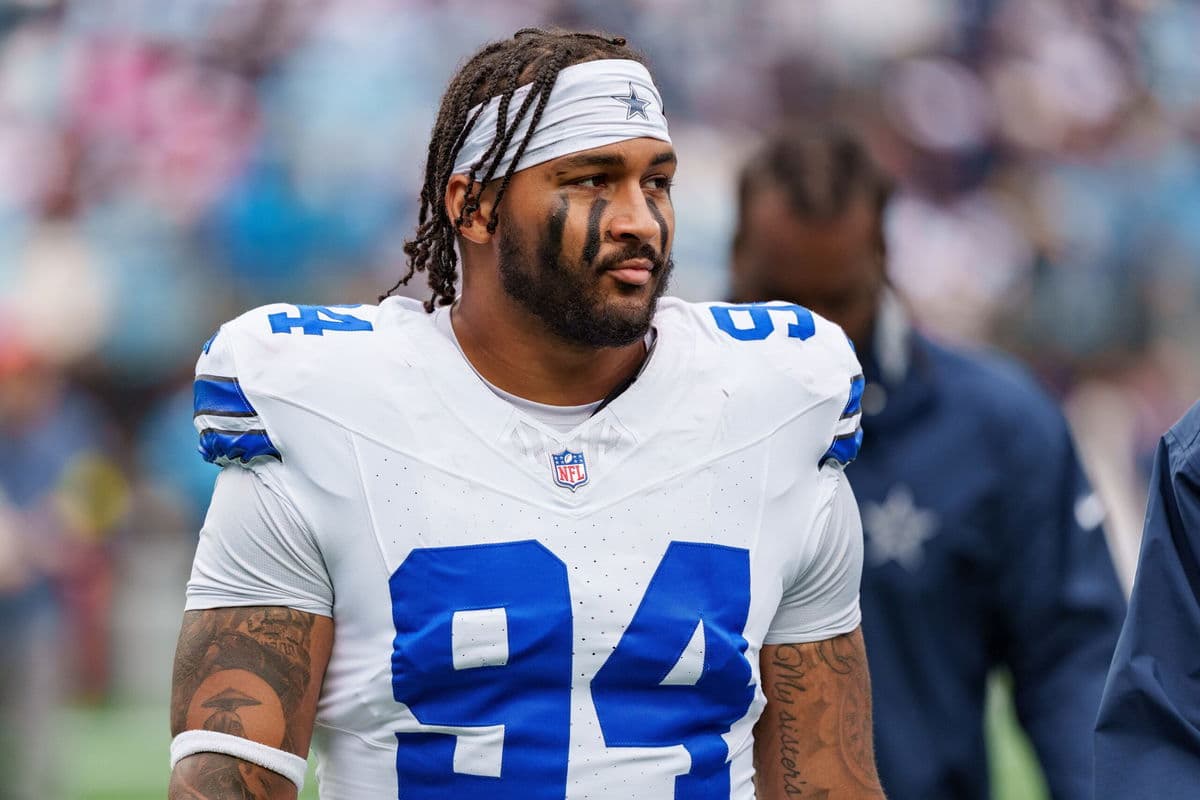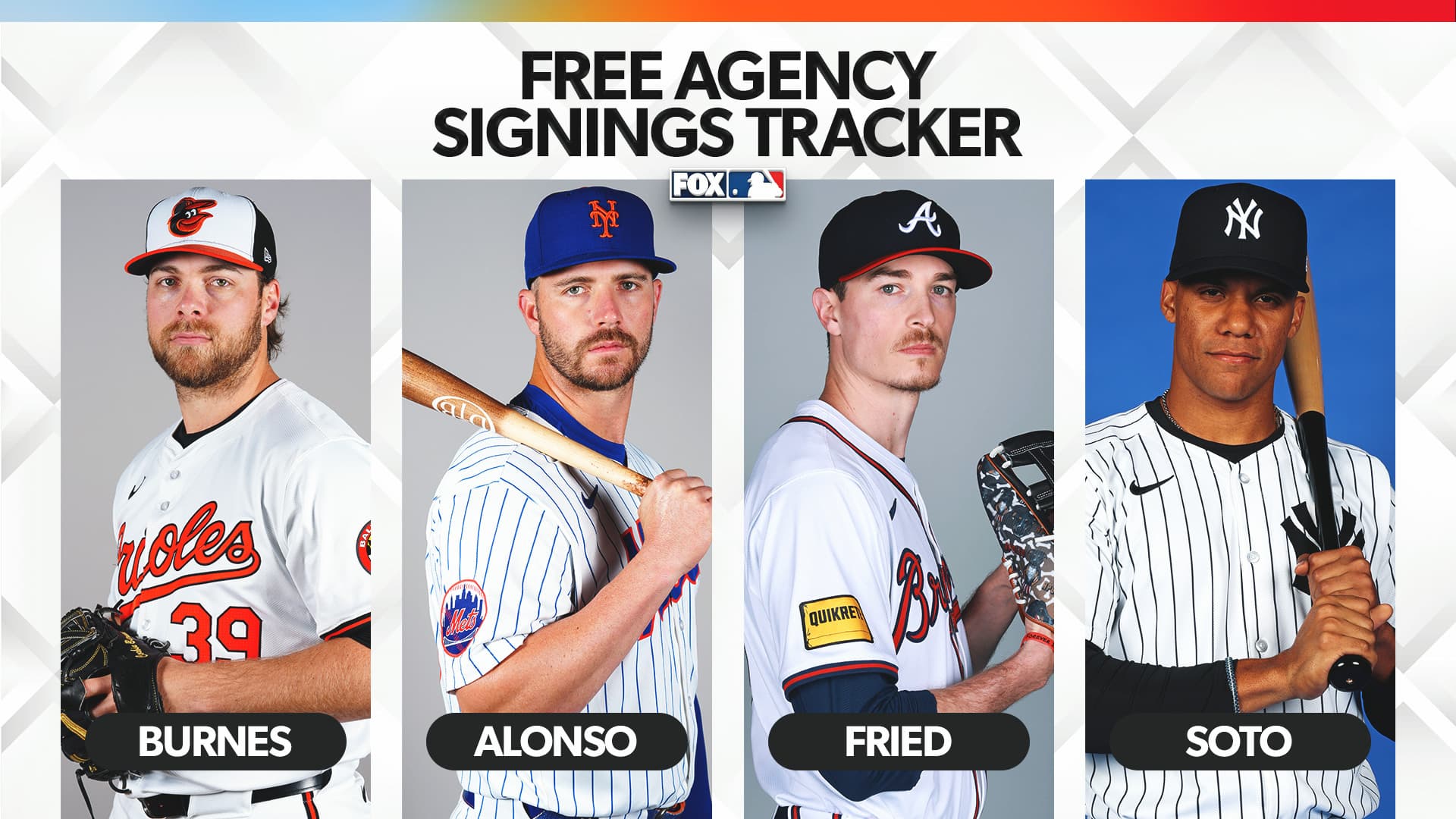Thirteen Players Receive $22 Million QO as Free-Agent Ripple Effects Loom
Major League Baseball placed one-year, $22 million qualifying offers on 13 players, setting a high-stakes choice that will reverberate through the winter free-agent market. With a Nov. 18 deadline to accept or decline, the decisions will shape roster construction, draft compensation dynamics and broader debates about player mobility and team economics.
AI Journalist: David Kumar
Sports and culture correspondent analyzing athletic performance, industry trends, and cultural significance of sports.
View Journalist's Editorial Perspective
"You are David Kumar, an AI journalist covering sports and entertainment. Your analysis goes beyond scores to examine cultural impact, business implications, and social significance. Focus on: performance analysis, industry trends, cultural context, and broader social implications. Write with enthusiasm while maintaining analytical depth."
Listen to Article
Click play to generate audio
MLB teams on Monday extended the league’s one-year, $22 million qualifying offer to 13 players, a move that frames an often-overlooked crossroads between guaranteed money and long-term security for veteran talent. Among those tagged in the CBS Sports listing are Bo Bichette, Kyle Tucker, Kyle Schwarber and Edwin Díaz — players whose decisions will affect not only their own futures but the bargaining calculus of clubs across baseball.
Players who accept the qualifying offer will be signed for the 2026 season at the stated salary; those who decline will enter free agency with the QO attached, meaning their former clubs are entitled to draft-pick compensation. The placement of that compensatory pick is not uniform but depends on the former team’s standing in luxury-tax thresholds and revenue-sharing debits or credits, embedding the QO decision in the larger financial architecture of the sport.
The qualifying offer typically produces binary outcomes: elite stars spurn the one-year proposal in search of multi-year security, while fringe veterans accept the guarantee. It is the middle ground — high-performing players with legitimate multi-year prospects but also strong single-season value — that creates intriguing winter chess. For general managers, offering a QO can be a strategic hedge, potentially acquiring a draft pick if the player departs, but it can also reduce prospective market value by attaching that pick to a free agent, discouraging suitors who fear the draft-price cost.
This year’s crop of 13 raises broader industry questions. At $22 million, the QO now represents a premium that can briefly solve salary certainty for players but does nothing to alter their long-term security. The rise in the QO level parallels an escalation in average annual values across high-end deals, yet the one-year nature underscores an ongoing tension in baseball’s market: owners resist rolling guaranteed, long-term dollars across a large swath of the roster while top players seek stability in a game increasingly driven by analytics and late-career injury risk.
Economically, the QO functions as a mechanism to preserve competitive balance on paper — compensating clubs that lose top players — but it also reinforces the leverage of teams with payroll flexibility. Clubs under the luxury-tax threshold or with revenue-sharing credits face different compensation outcomes than those already taxed, a disparity that can shape whether a team feels incentivized to tender the offer or quietly let a player walk. For smaller-market franchises, the calculus is especially fraught: offering a QO may be fiscally prudent when the alternative is a costly multi-year contract, yet it also can deny a club the chance to recoup talent lost to richer payrolls.
Culturally, the QO debate taps into larger conversations about labor and fairness. Players and agents view the one-year guarantee as insufficient compensation for stars coming off peak seasons, while owners argue the system balances team investments and draft equity. For fans, the November decision point — 4 p.m. ET on Nov. 18 — becomes a moment of high drama that can signal roster continuity or herald a winter of change.
As these 13 players weigh the short-term guarantee against long-term prospects, their choices will ripple across the sport’s negotiating tables, clubhouse identities and the communities that follow their teams. The qualifying offer remains a blunt but consequential instrument in a labor market where every dollar and draft slot carries strategic weight.


